The essence of furniture design lies in its ability to blend form and function. Well-designed furniture should not only look appealing but also serve its intended purpose effectively. This balance is essential for creating a harmonious environment. When selecting furniture, consider how each piece contributes to the overall layout and usability of the space. Items that offer multi-functionality can maximize utility, making them ideal for smaller homes or apartments.
Material selection is a fundamental element of furniture design. Different materials convey various aesthetics and durability levels. Wood is often favored for its warmth and timeless appeal, while metal and glass can introduce a modern, sleek look. Upholstered furniture adds comfort but may require regular maintenance. Understanding the characteristics of each material can guide homeowners in choosing pieces that align with their lifestyle and design preferences.
Color plays a significant role in furniture design, impacting the mood and atmosphere of a room. Neutral shades create a calming backdrop, allowing for versatility in decor. Bold colors can make a statement but should be used thoughtfully to avoid overwhelming the space. When selecting colors, consider the existing palette of the room and how different hues interact with natural light. This attention to detail can enhance the overall cohesiveness of the design.

Sustainability is increasingly becoming a priority in furniture design. Many consumers are now seeking eco-friendly options made from sustainable materials. This focus not only benefits the environment but also promotes healthier living spaces. Researching brands that prioritize sustainability can lead to more responsible purchasing decisions. Choosing furniture that is built to last can also reduce waste and contribute to a more sustainable lifestyle.
Functionality is a key consideration in furniture design. Each piece should be designed with its intended use in mind. For example, a dining table should accommodate the number of people typically seated while providing enough space for dining essentials. Sofas should offer comfort and support, making them suitable for relaxation and socializing. Evaluating the practical needs of a household can guide furniture selection, ensuring that each piece serves its purpose effectively.
Mixing different styles, such as contemporary and vintage, can create a unique and inviting atmosphere. Accessories, such as cushions and rugs, can enhance the overall design while allowing for easy updates. Personal touches can make a space feel more lived-in and reflective of individual tastes.
When exploring furniture design options, visiting showrooms and online platforms can provide valuable insights into current trends and innovations. Engaging with designers or attending workshops can also offer inspiration and guidance. Investing time in understanding furniture design can lead to the creation of spaces that are not only beautiful but also functional and comfortable.

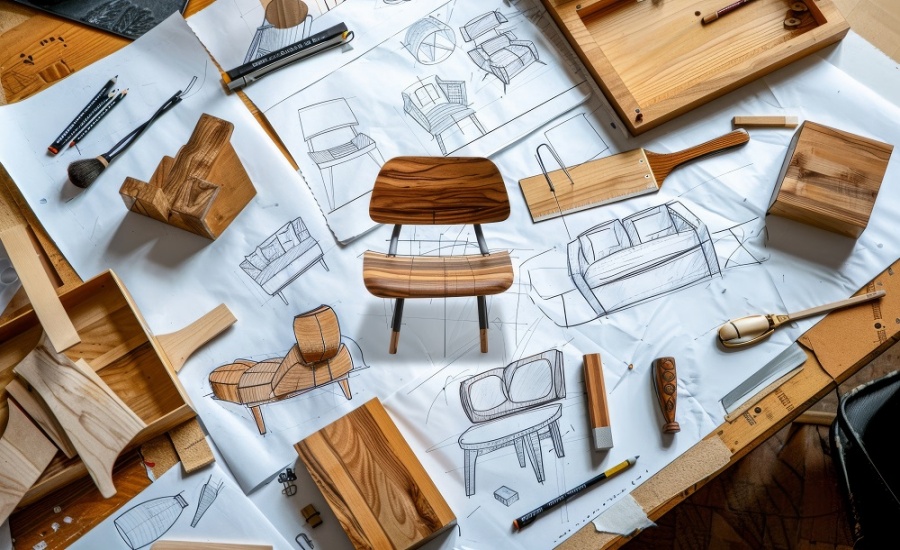
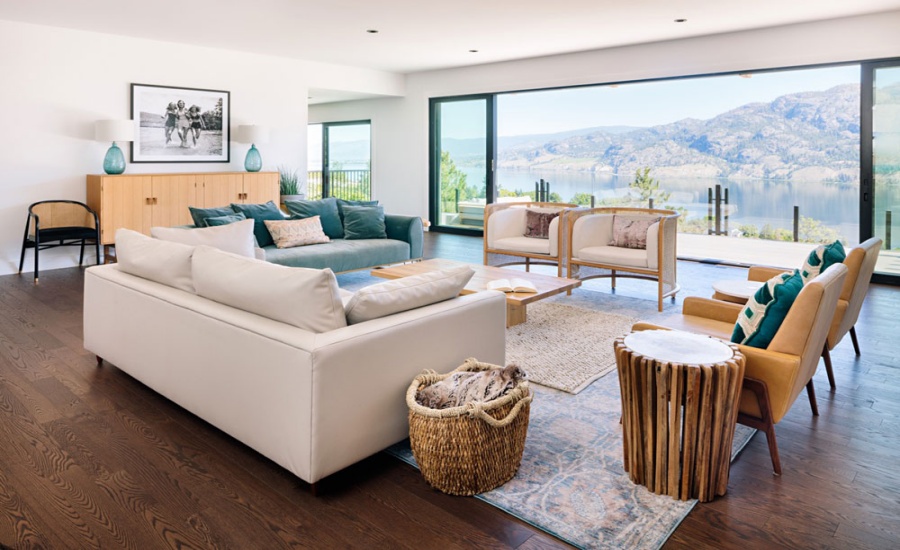
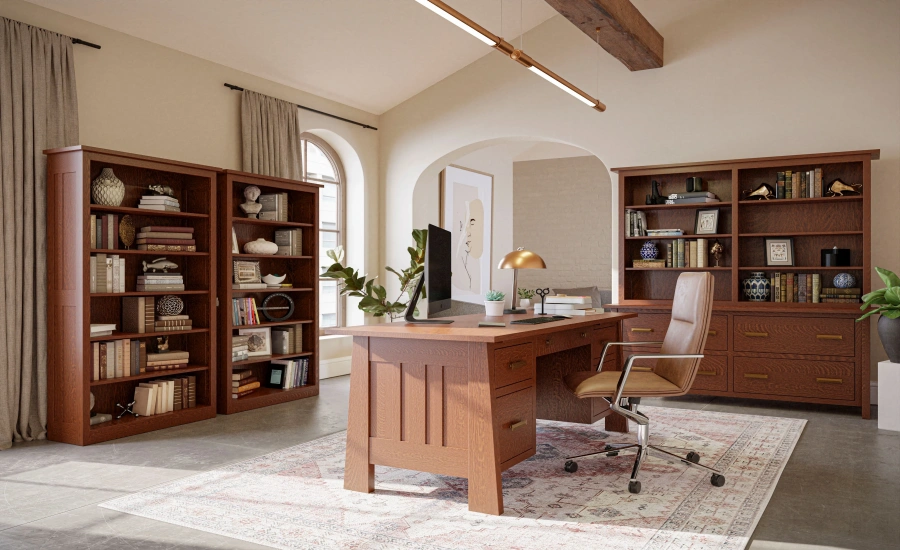
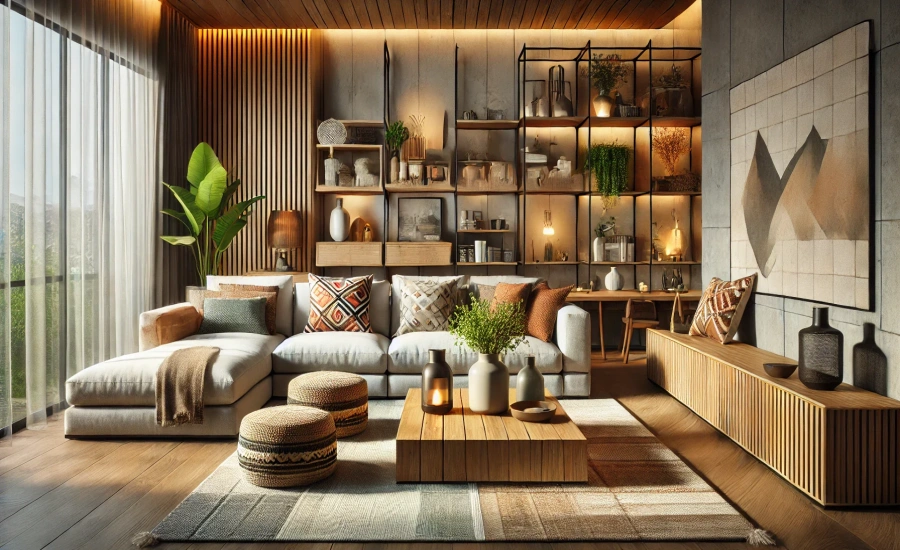
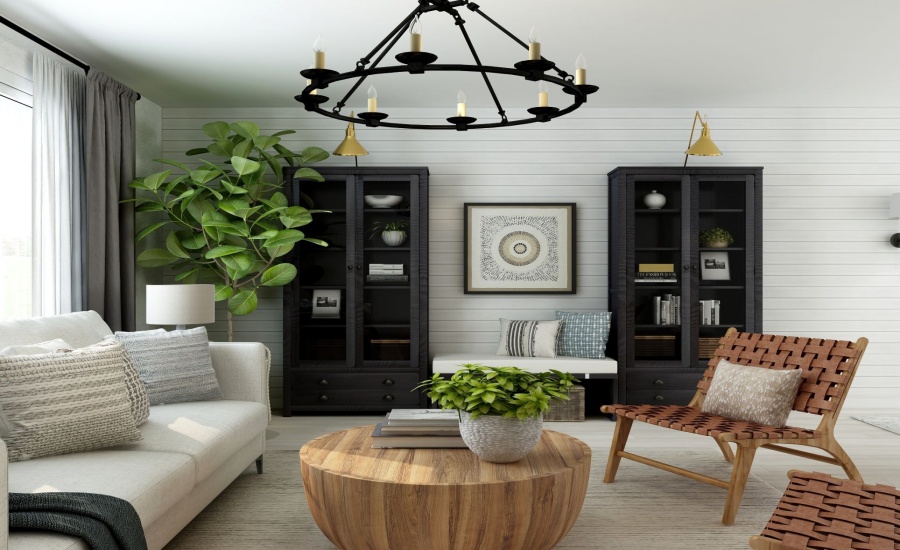

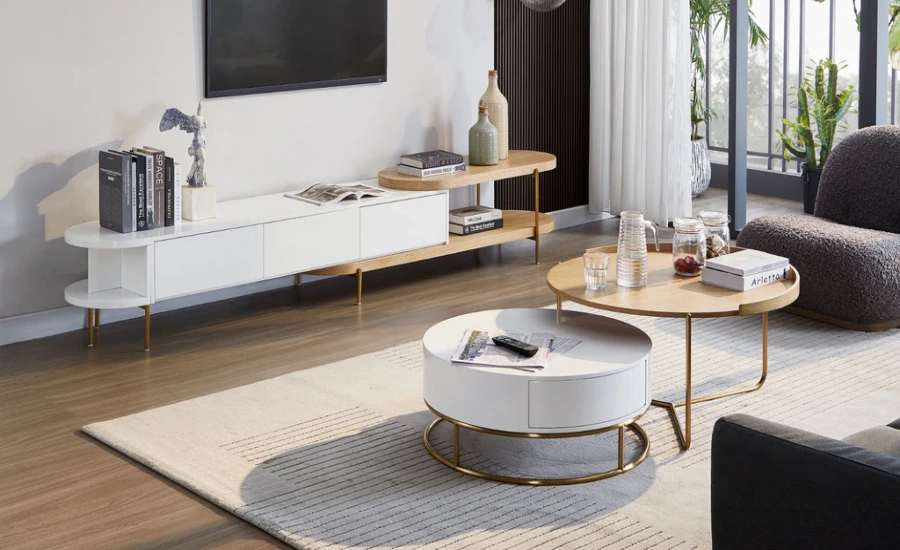

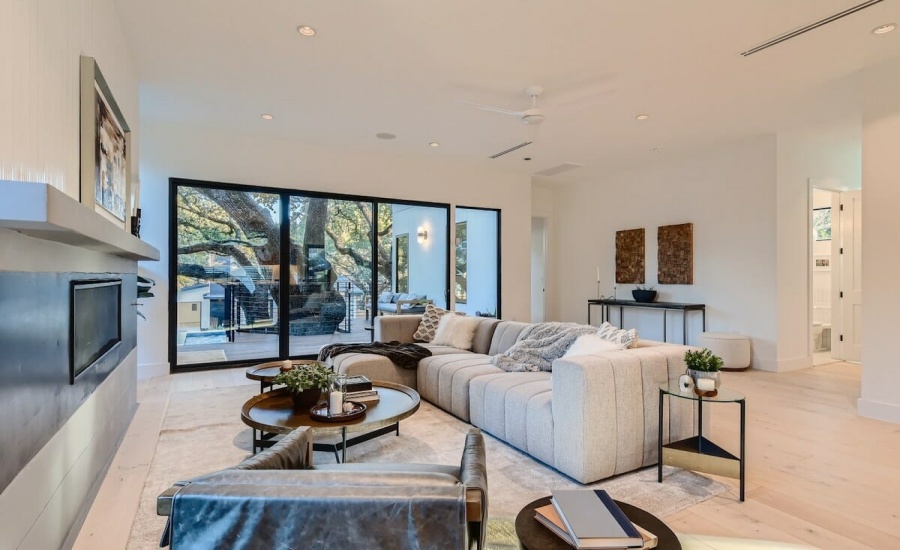

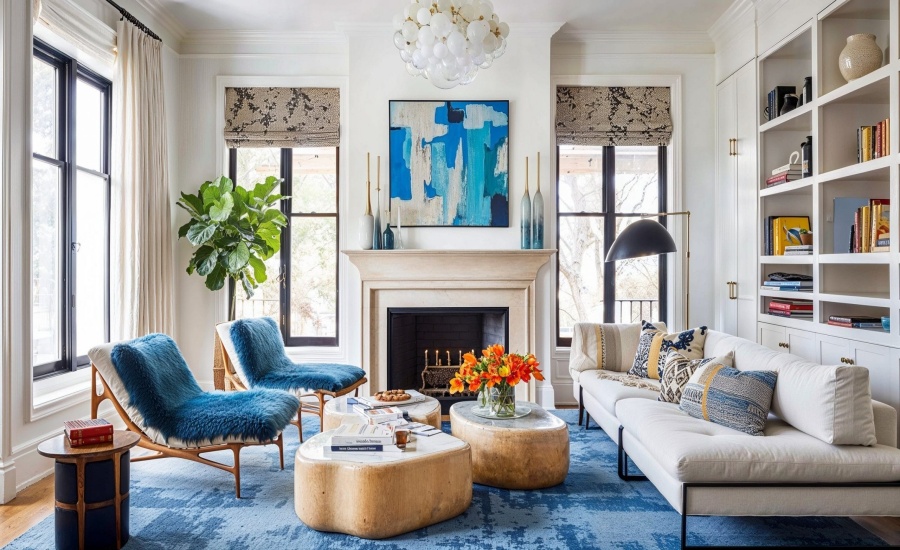
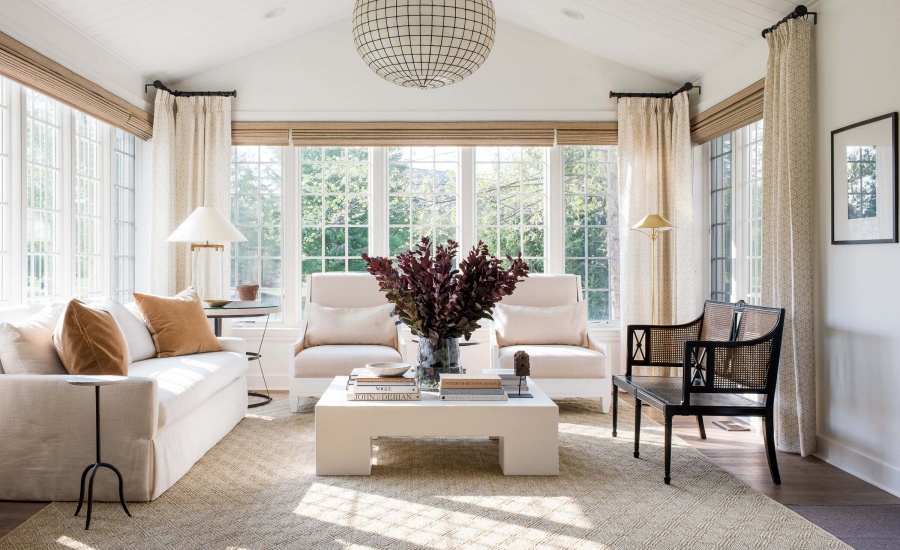
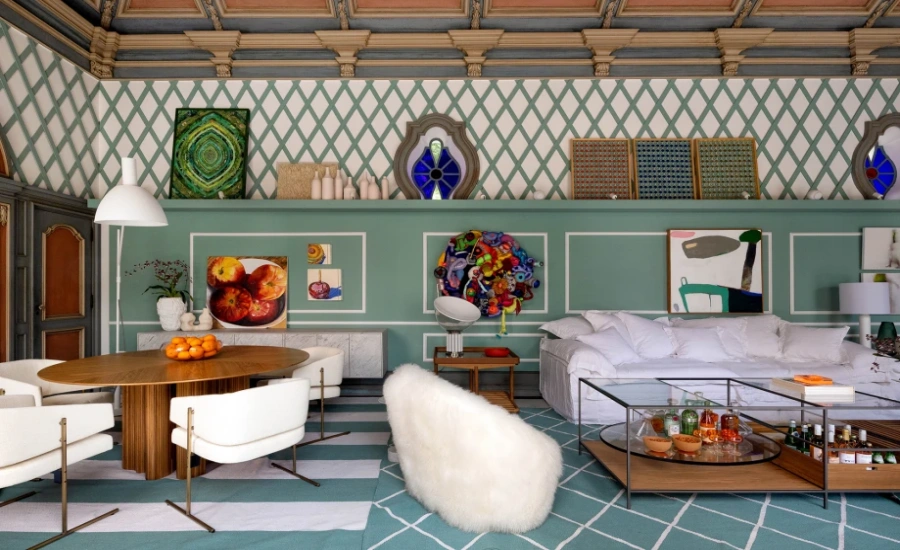
Leave a Reply